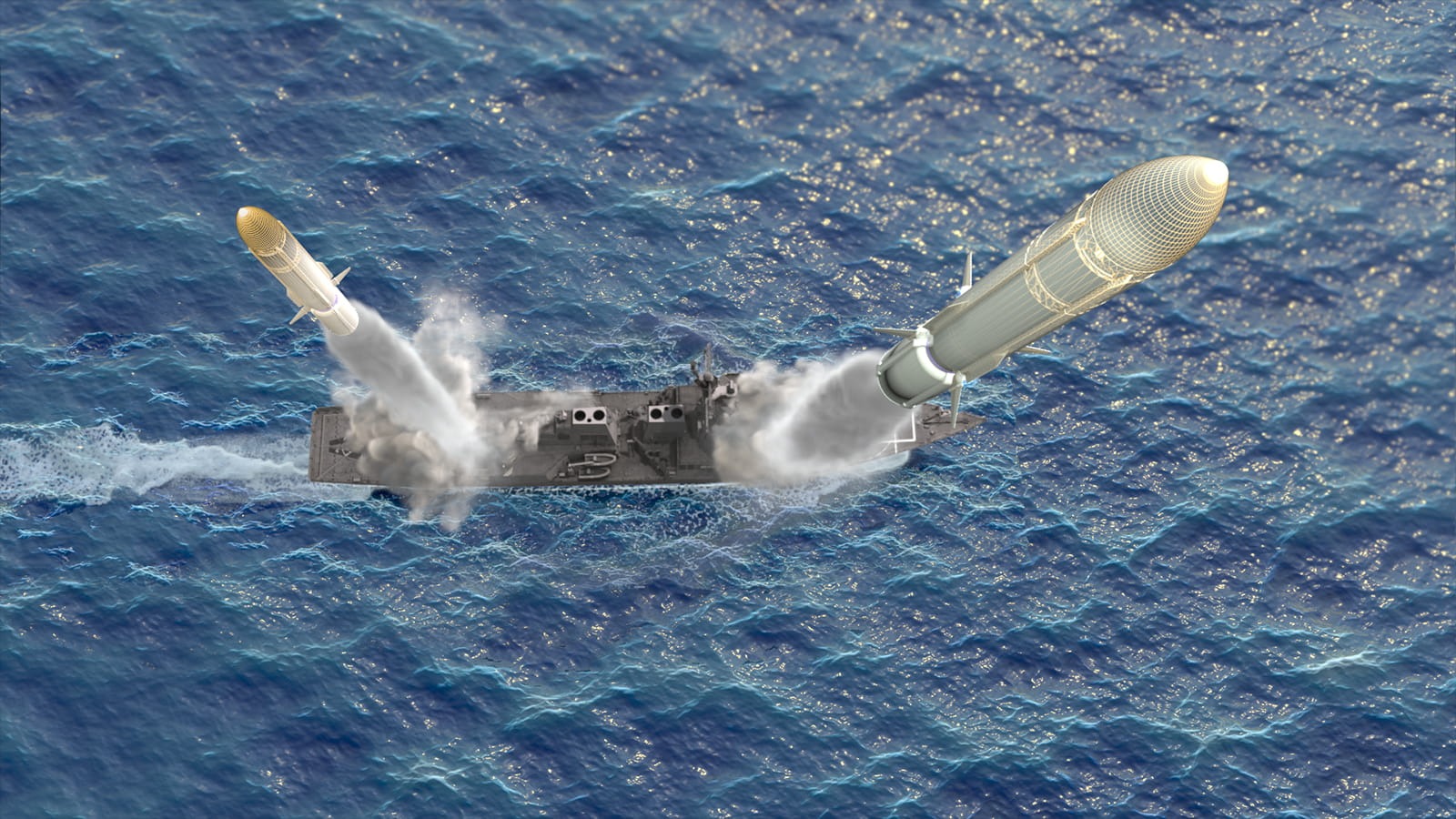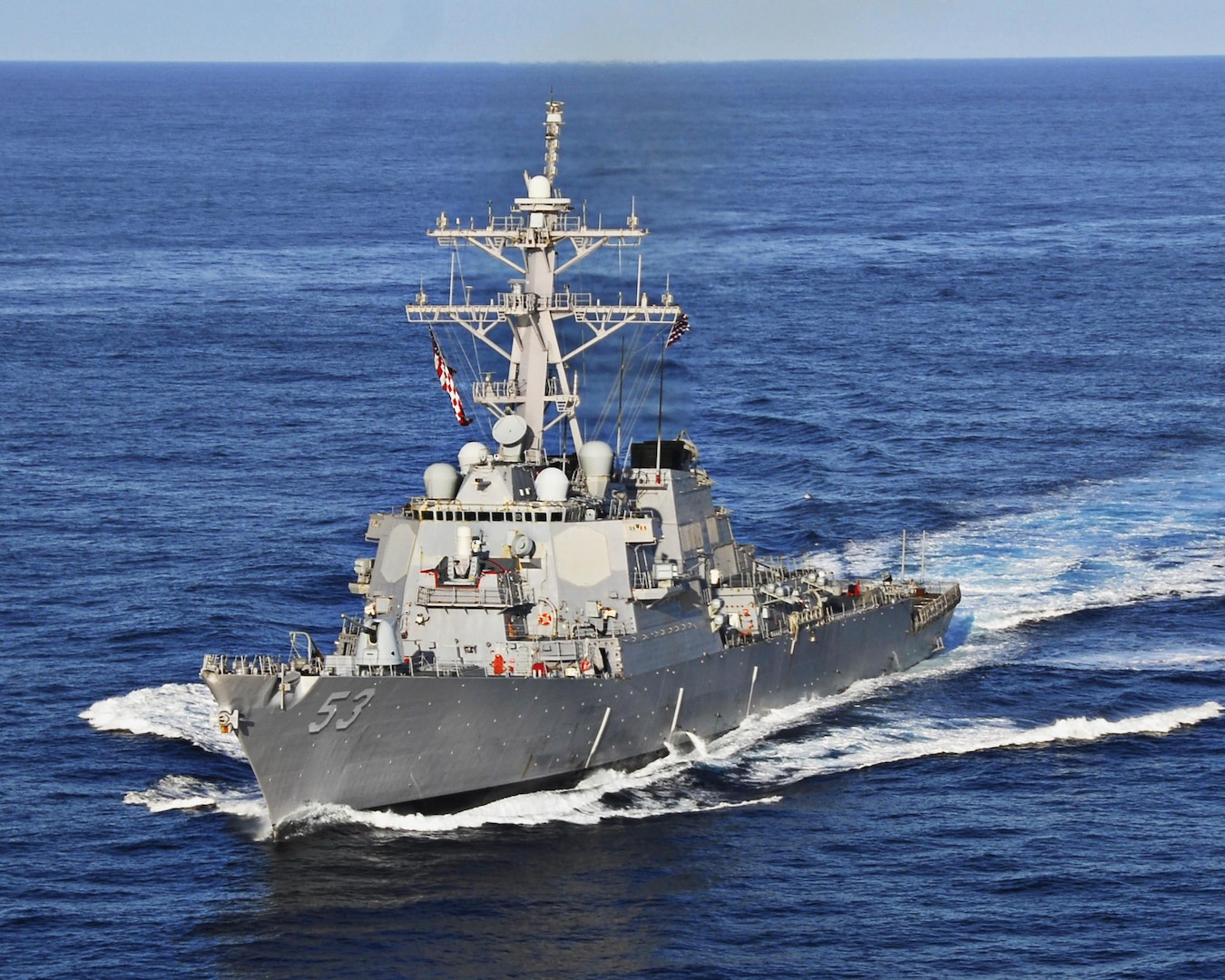US Wants Less Than 24 GPI Missiles By 2040 Like Russia, China Will Get Advanced » Today Latest Stories

With the National Defense Authorization Act for 2024 now expired, the US Congress is pushing the Missile Defense Agency to deploy weapons capable of defeating hypersonic missiles sooner than expected.
US F-35 Loses ‘Stealth Panel’ Flying Over Pacific; Second Incident Reported from Kadena Air Base
The Glide Phase Interceptor (GPI), which can intercept a hypersonic missile during its flight, is expected to be delivered in the early 2030s. However, despite the agency’s latest estimate, Congress requested that the program be completed by the end of 2029.
According to the NDAA, the MDA is required to deploy and deploy “at least 12” Glide Phase Interceptors (GPIs) by the specified deadline, including demonstrating through testing that the interceptor can intercept and defeat hypersonic weapons, Defense News reported.
In vague terms, the act says that the Pentagon must distribute “at least 24 GPIs by the end of 2040” and that the program must complete all tasks by the end of 2032.
It added that in order to fulfill all the tasks, the GPI must “work in conjunction with ground or ground sensors that the Department of Defense expects to deploy by the end of 2032.”
The urgency shown by Congress comes in the face of hypersonic threats from China, Russia, Iran, and North Korea. Although China and Russia have hypersonic weapons, there are still doubts about Iran’s claims about its ability to use such weapons. Additionally, there are concerns that North Korea may have succeeded in developing hypersonic technology.
Hypersonic weapons travel five times faster than the speed of sound (Mach 5) and fly at low altitudes, making them difficult to detect with existing radars. In addition, the projectiles can change their trajectory, making them more difficult to control than conventional weapons, which fall on their targets in predictable ways.
Often considered invincible, the threat of these weapons led the MDA to pursue the development of a hypersonic interceptor as the continent and its outlying territories remained defenseless against highly evolved hypersonic weapons.
Congress approved US$225 million to increase funding for hypersonic defense operations, exceeding the agency’s request for US$209 million in FY24. To create the possibility, the legislators also allowed the head of the MDA to sign a development agreement “with one or more partners in other countries.”
Although the act did not name an international counterpart, the United States has been negotiating with Japan to create a hypersonic interceptor contract, as part of the development and procurement of the Navy’s SM-3 Block IIA program.
In August, Japanese media report that Japan and the United States may agree to jointly develop a new type of hypersonic missile that is being developed and operated by their common enemies, such as North Korea, China, and Russia.
At the time, there were speculations that an agreement on this matter was expected to be reached at the US-Japan-South Korea tripartite meeting scheduled for August 18. However, there has been no change to such an agreement since then.
The Vaunted Glide Phase Interceptor Program
The Glide Phase Interceptor, a project of the Missile Defense Agency for hypersonic defense, aims to intercept incoming hypersonic missiles in their flight phase, which occurs between the initial and final phases. The glide phase is where the missile is most vulnerable.
A boost-glide weapon capable of reaching hypersonic speeds is launched into the sky, where it is whisked away until it reaches its target. The “glide” phase of a missile’s trajectory is the best chance to stop it before it enters its final descent. This is exactly what the Glide Phase Interceptor aims to do.
MDA Chief Vice Adm. Jon Hill first he explained: “So when you’re in the glide section – up from the terminal, to the right, where the hypersonic vehicle is probably the most vulnerable – it’s a very difficult place. And you can’t take an air defense weapon and use it there, and you can’t take a space weapon like an SM-3 and operate it there; it’s just a different place.”

MDA initially selected the American defense companies Raytheon, Lockheed Martin, and Northrop Grumman to develop the GPI. Northrop Grumman was awarded US$18.95 million for initial development, Lockheed Martin US$20.94 million, and Raytheon Missiles and Defense US$20.97 million. Eventually, Lockheed Martin was kicked out of the competition.
The agreement signed by Northrop Grumman and Raytheon requires them to “continue to advance their ideas, and enable a review of the system and features.”
As part of a competition led by MDA, Northrop Grumman and Raytheon Technologies, RTX’s business, are working on developing hypersonic weapons separately. Both manufacturers have received a total of $61 million to support the development of the interceptor.
‘Killer’ of Russia’s Invincible Missiles, Romania Conducts First-ever Test of Patriot Defense System
In addition to the GPI program, MDA is working on aerial surveillance to counter the threat posed by enemy stealth missiles. In July, the US Space Development Agency (SDA) announced two additional contracts for a constellation of monitoring satellites. By 2025, the satellite system will be launched.
The MDA aims to develop a multi-layered defense system combining weapons, ground-based radars, and satellite-based sensors to locate, track, and intercept and destroy hypersonic missiles.
Hypersonic and Ballistic Tracking Space Sensor, an advanced satellite developed recently from MDA, can be integrated with GPI. The idea was based on the need to create a continuous “track” for a fast-moving hypersonic missile, as well as network tracking and satellite technology.

The interceptors will be built to complement the Aegis Ballistic Missile Defense destroyers used by the US Navy. A modified Baseline 9 Aegis Weapon system, which tracks, engages, and detects hypersonic threats, will be integrated with the weapon and fired from its original standard operating system.
The United States is under pressure from its adversaries, China and Russia, to develop a hypersonic missile defense system. This may explain why the NDAA wants to speed up the development and deployment of the system.
However, it is also understood that it would be very difficult to develop a system capable of stopping a hypersonic missile that can travel at five times the speed of sound and control it during flight.








